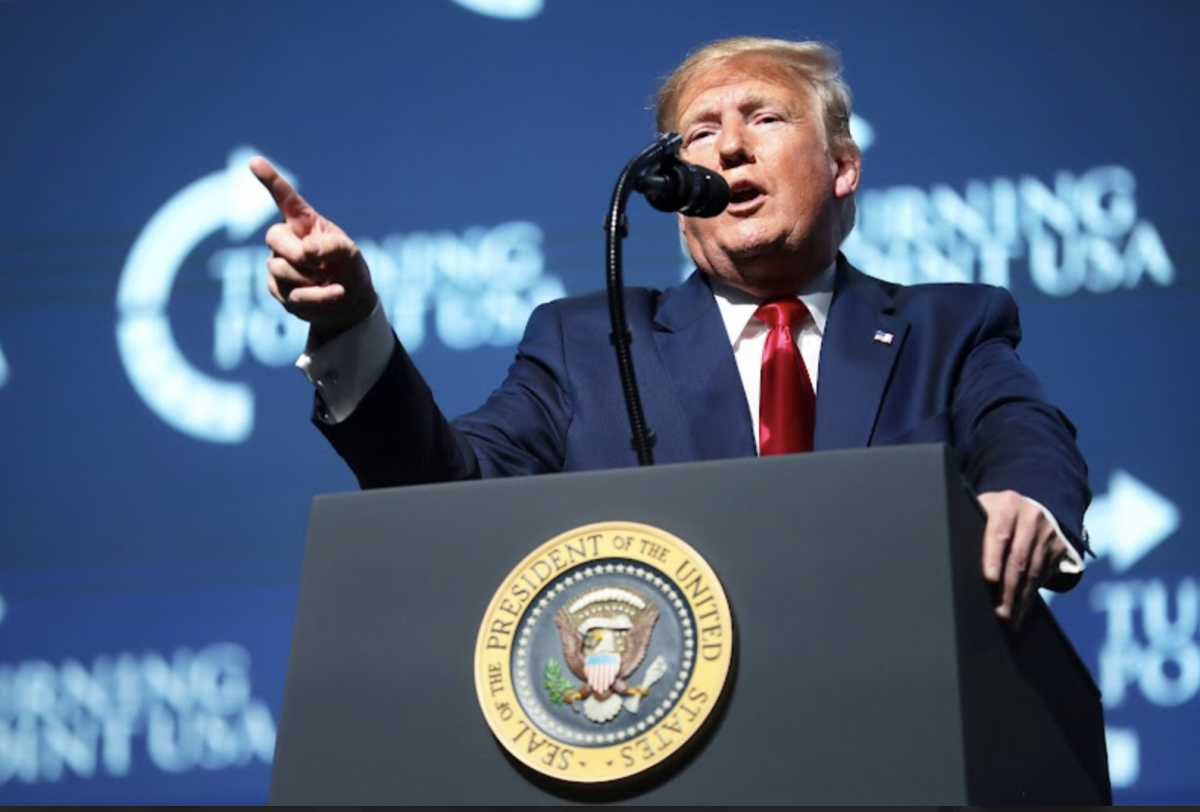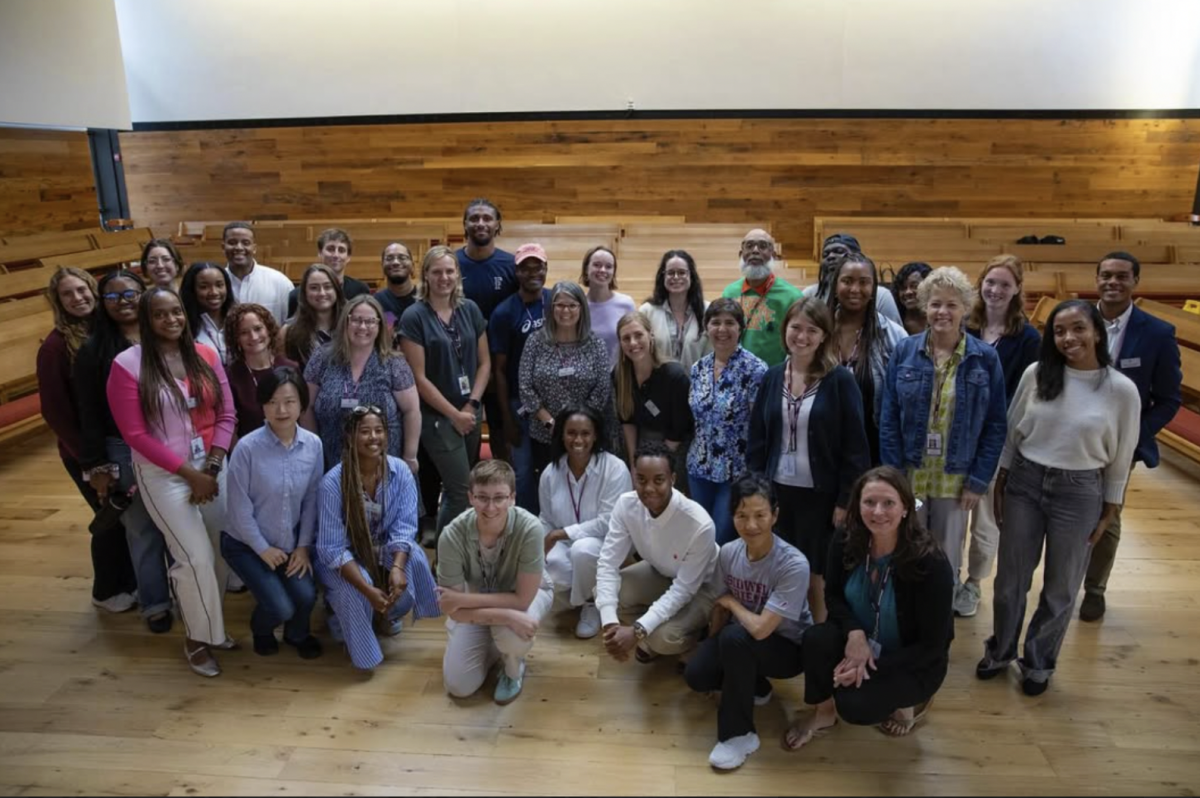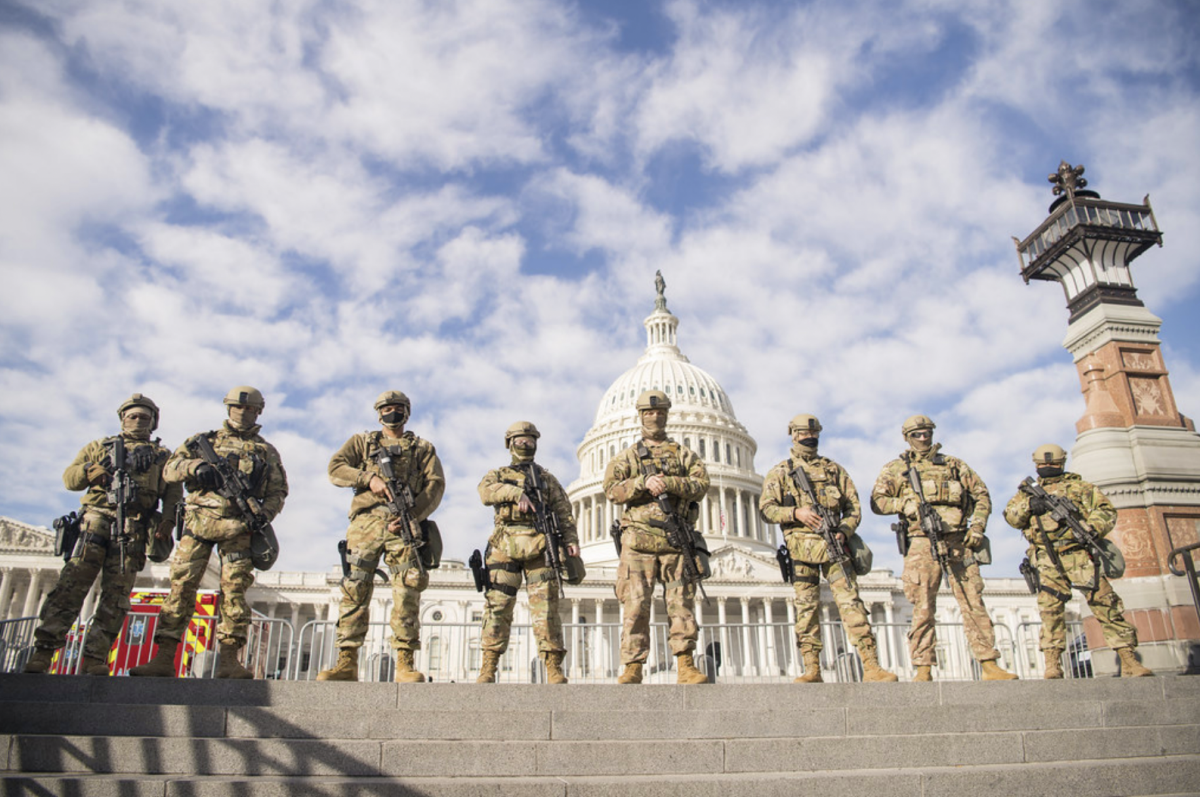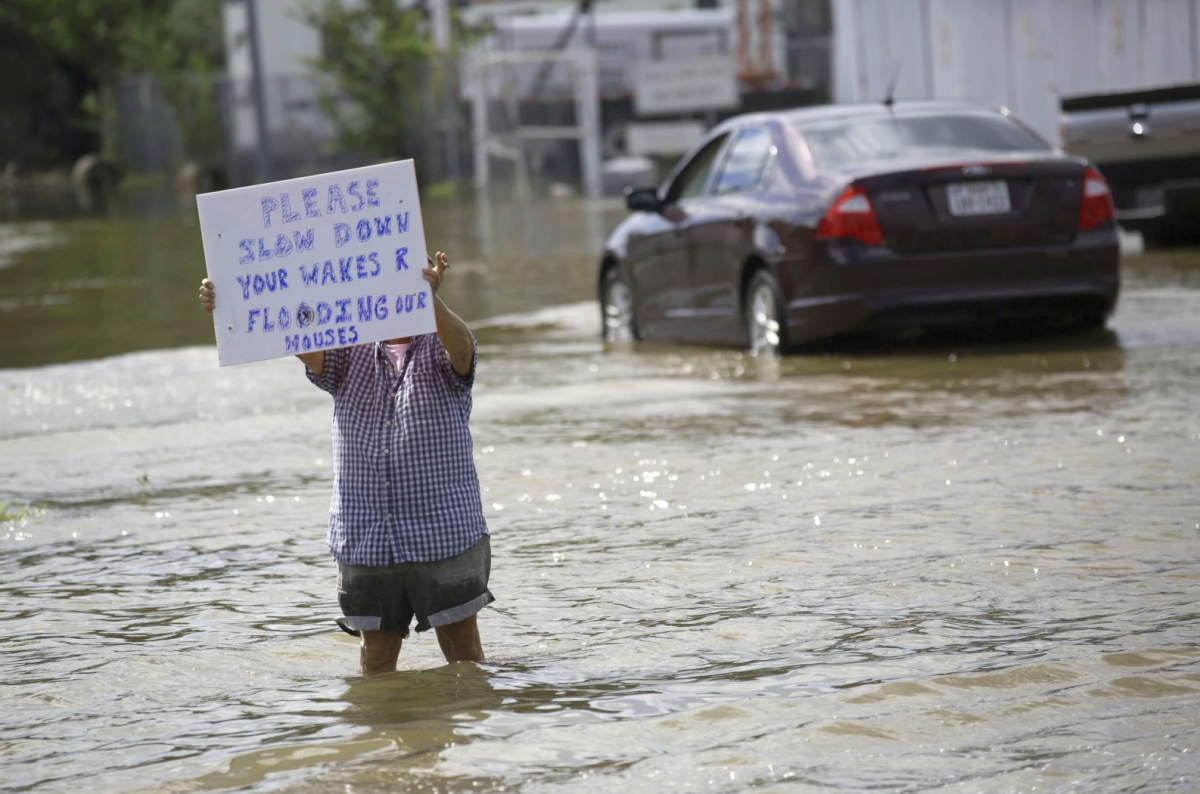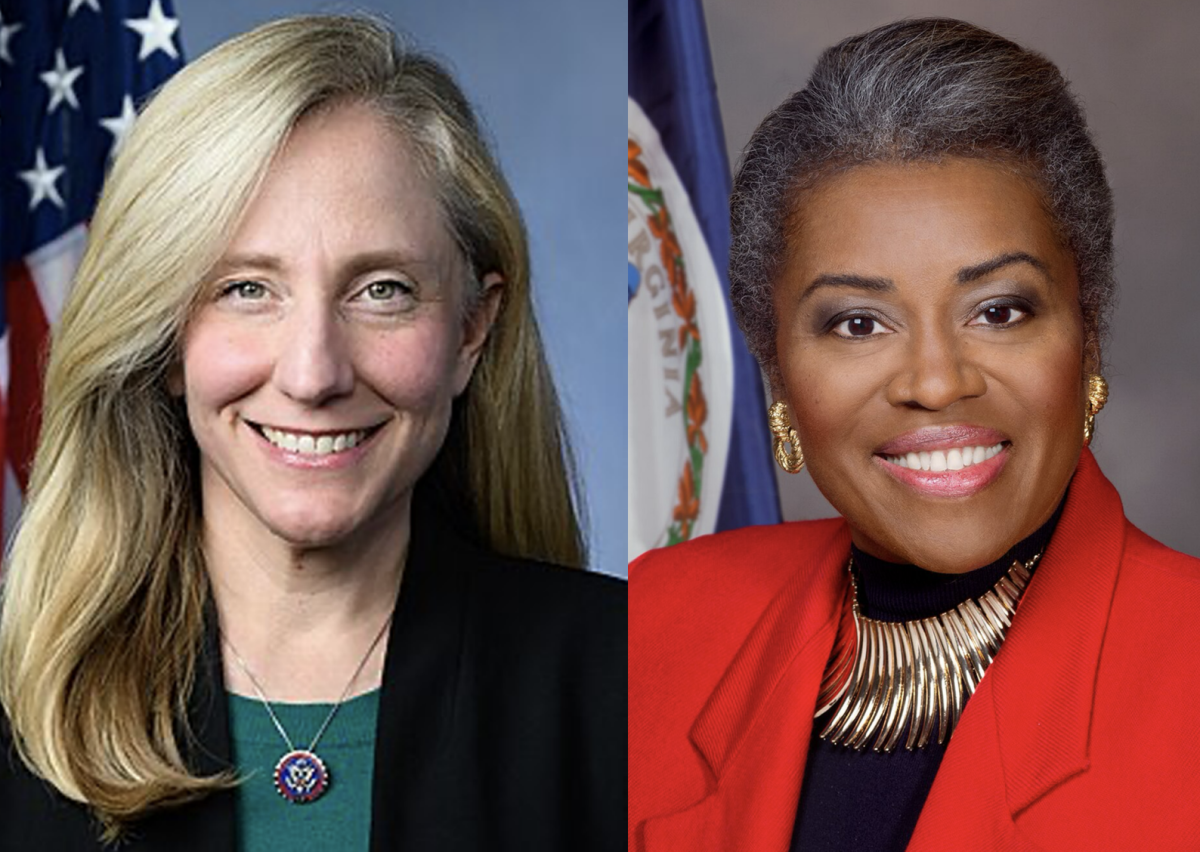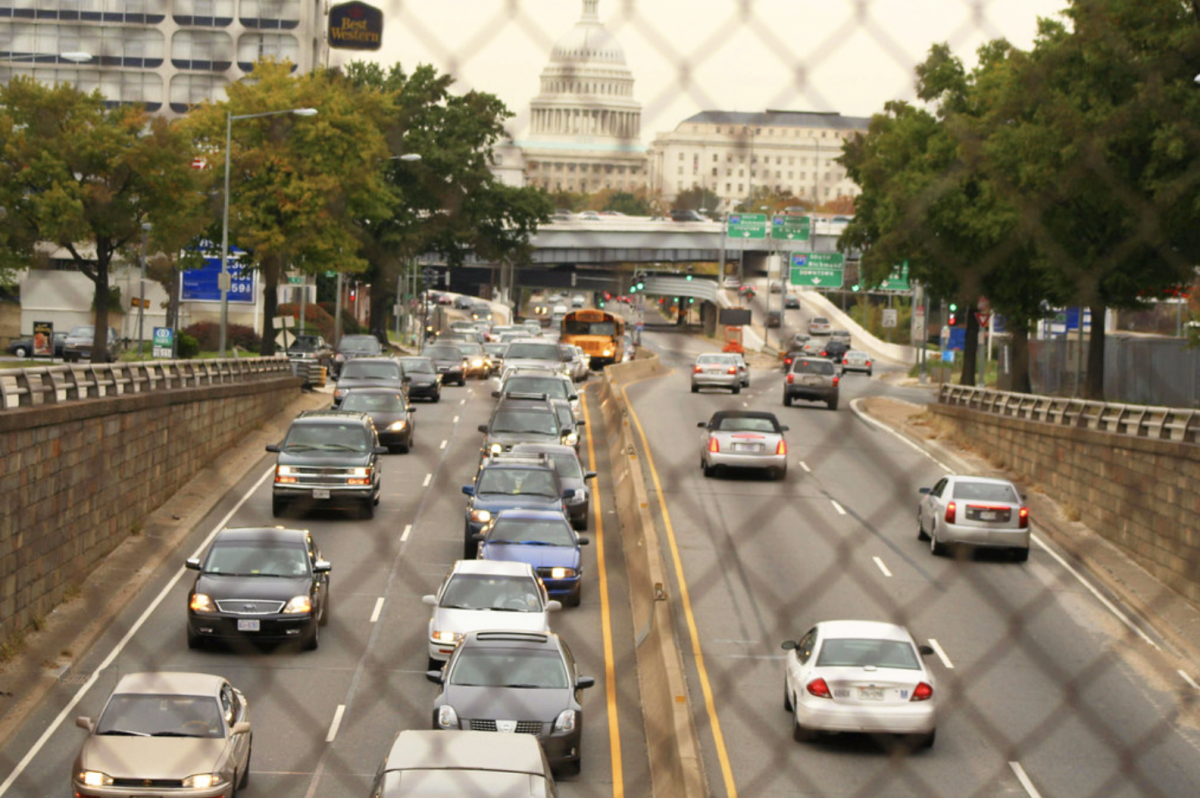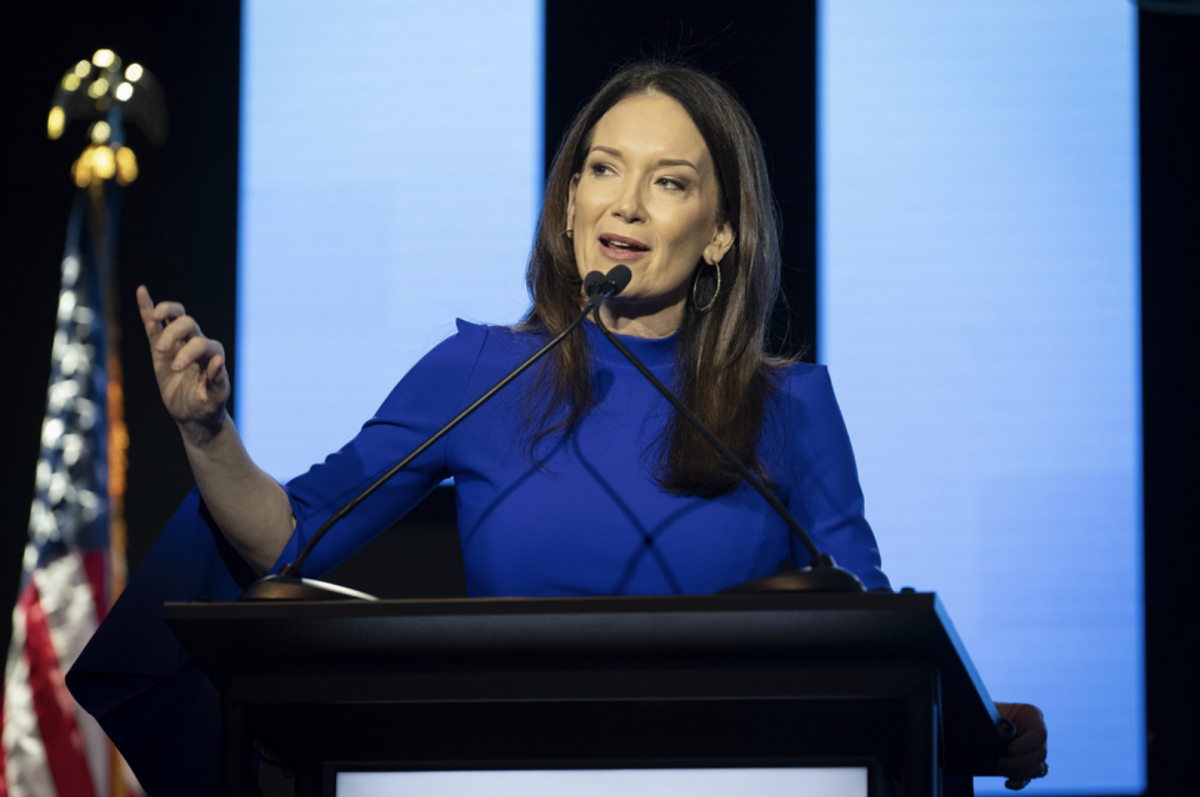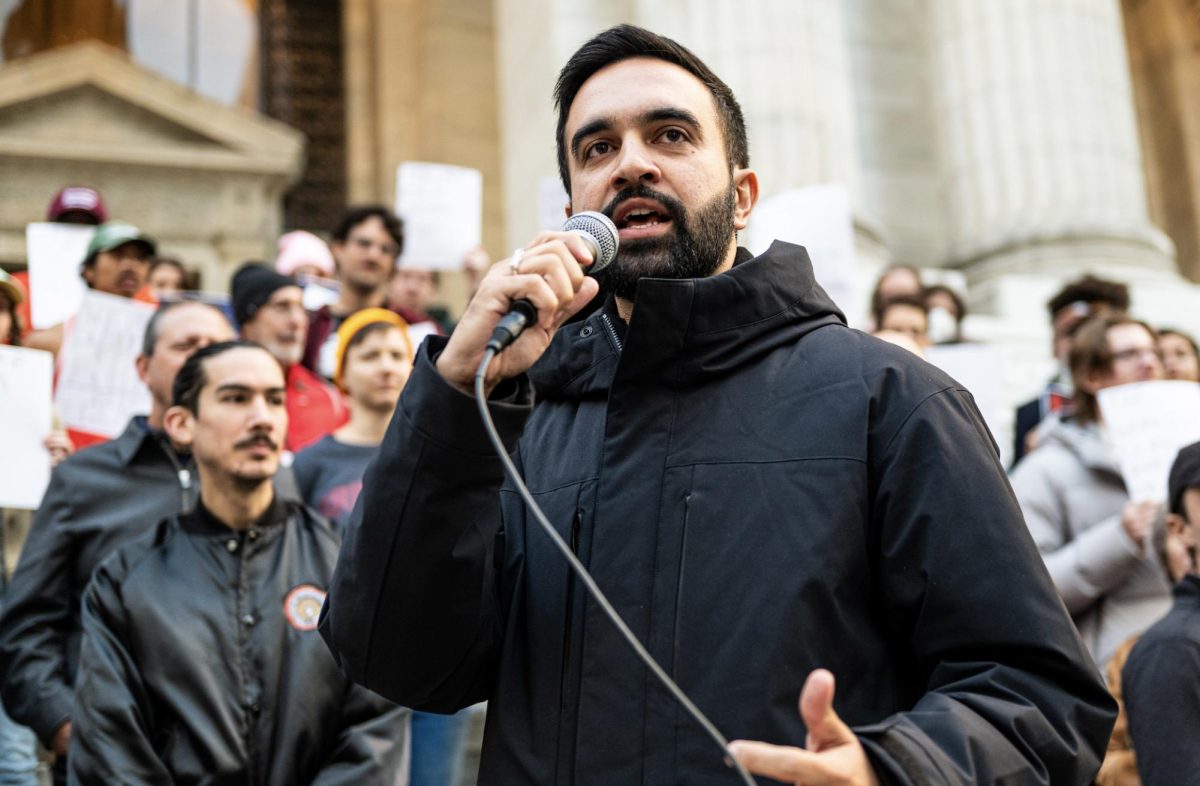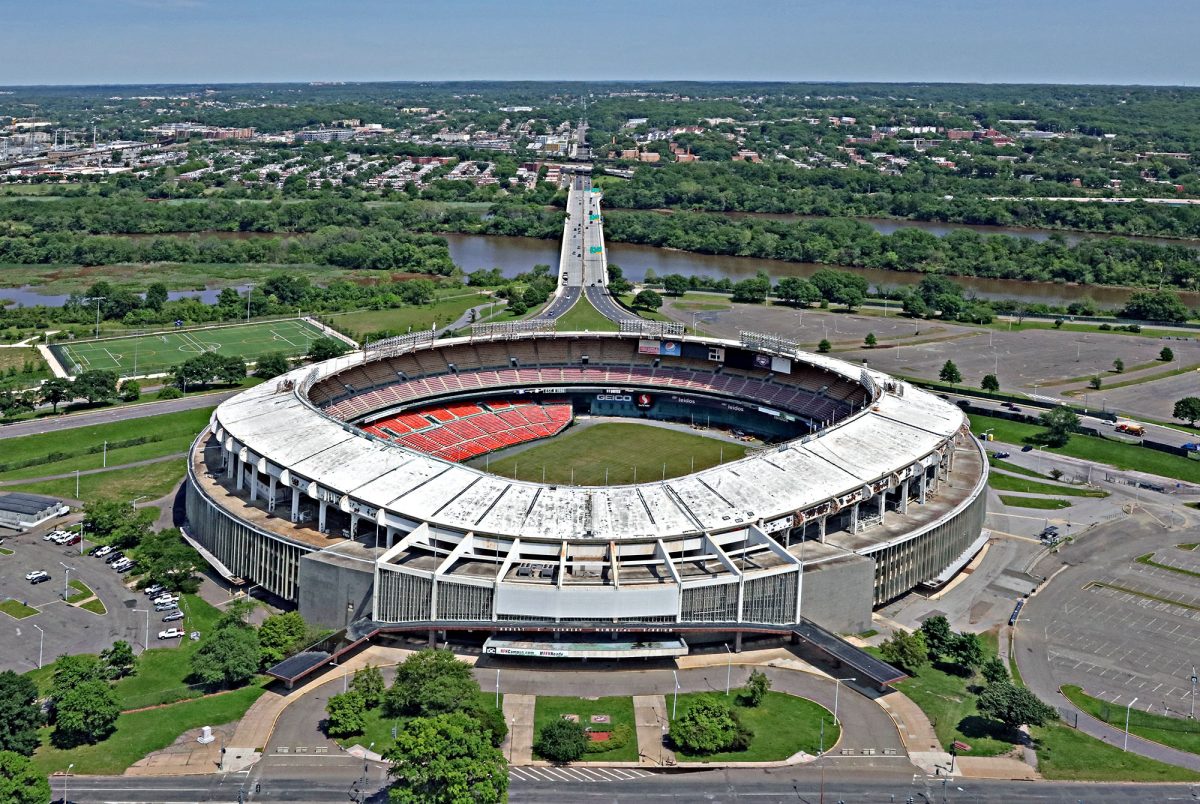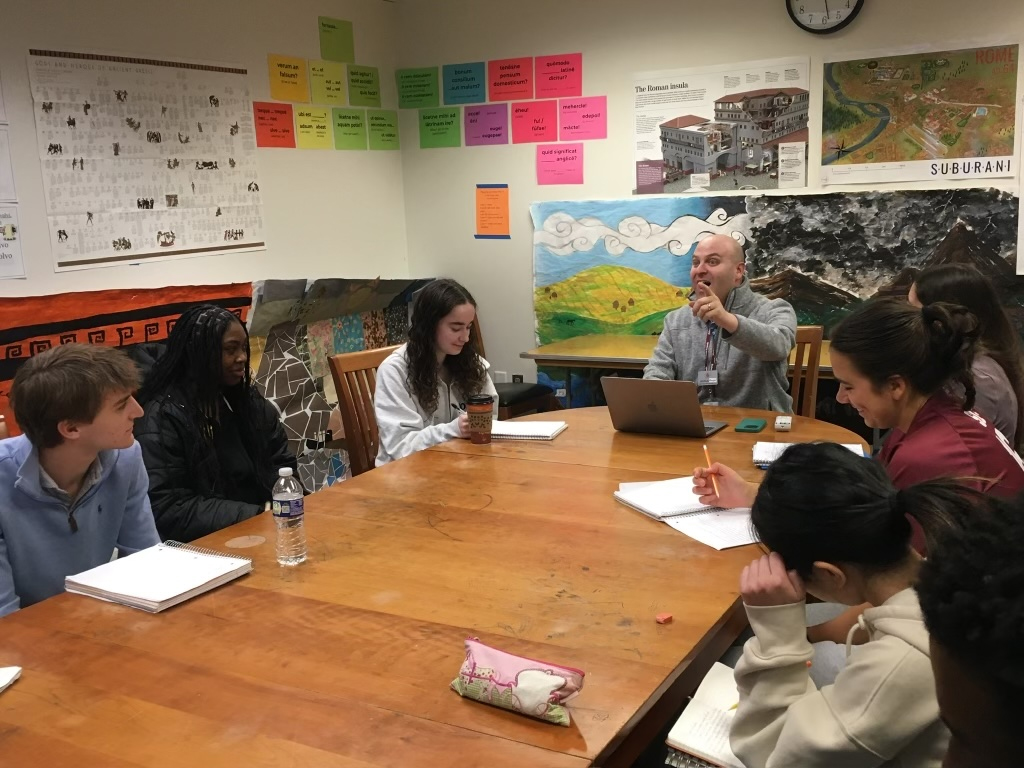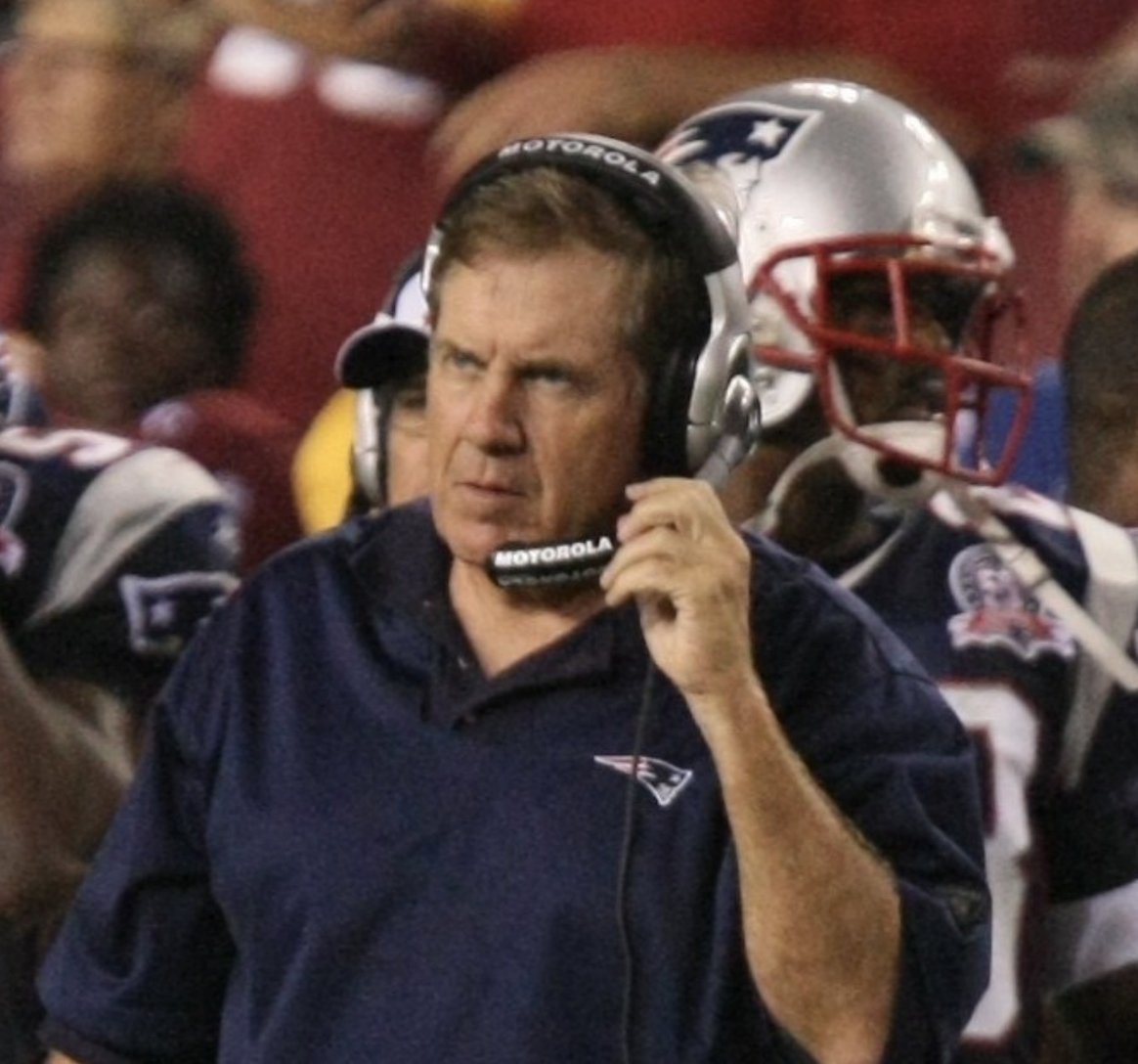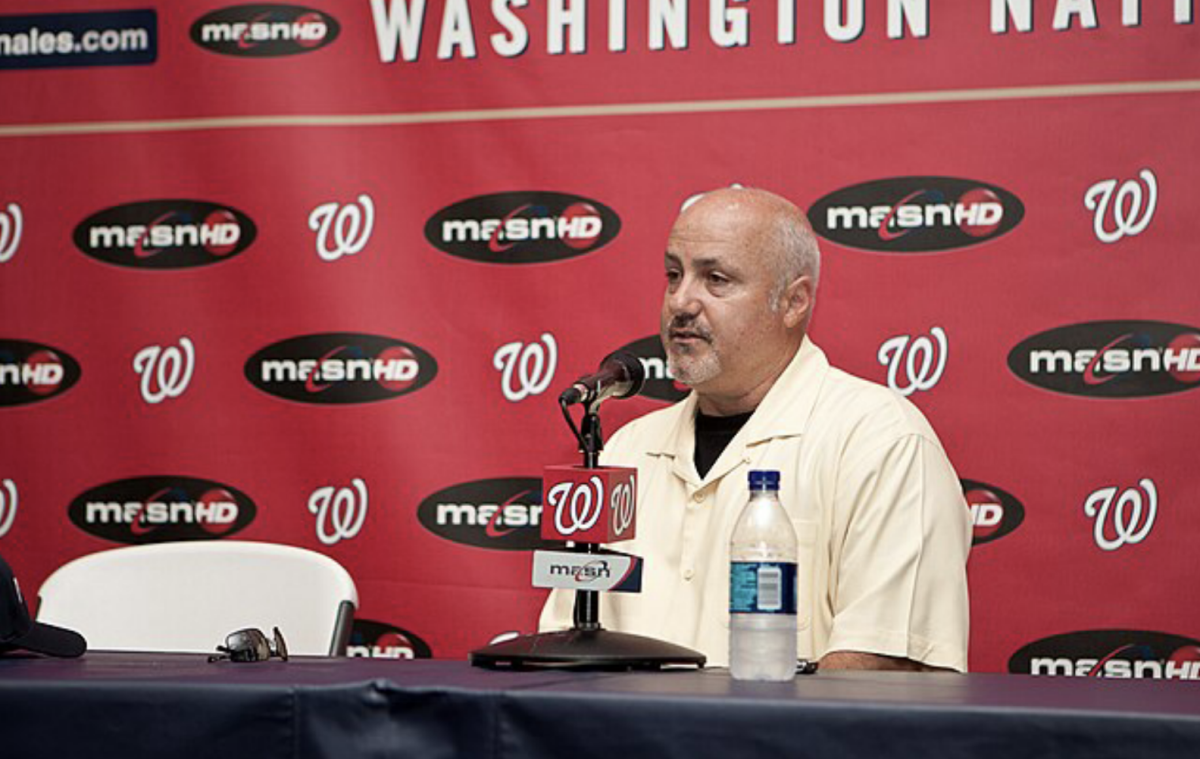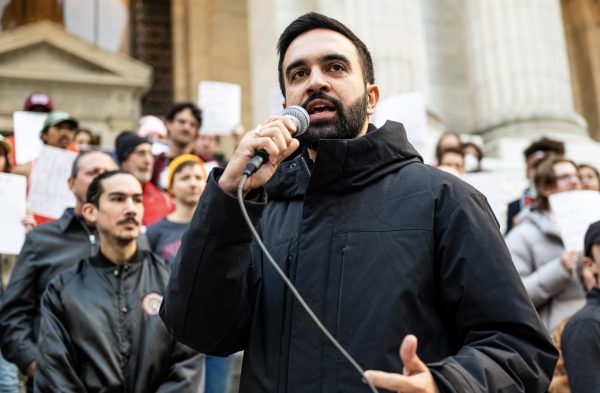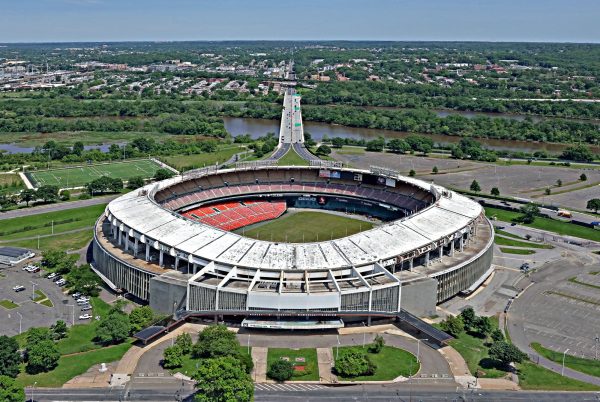Inflation Must Be Addressed Despite Concerns of Economic Decline
Inflation and stagflation pose two of the greatest threats to the U.S. economy today. Stagflation is a term used to describe a situation in which both unemployment and prices are rising simultaneously. This creates a particularly precarious situation in which policies that combat one issue can worsen the other. While the introduction of legislation such as the Inflation Reduction Act is certainly a positive initial step to addressing the crisis, more drastic measures must be taken. The Federal Reserve must learn from the Great Inflation of the ’70s and ’80s. During this period, when stagflation was also a threat, the Federal Reserve focused solely on fighting inflation rather than maintaining balance between inflation and unemployment — a solution that worked. The same logic should be applied to today’s issue.
To most efficiently manage the threat of inflation, the government needs to focus on decreasing the money supply and the rate at which money is exchanged within the economy while accepting a necessary, but temporary economic decline. The easiest way for the government to do this is by increasing taxes, which incentivizes saving rather than spending. Increased saving leads to less demand for goods and services, which would in turn ease inflation. Despite the expected decline in economic growth, increased taxation is an important step to take, as it will most effectively combat inflation.
Another solution, suggested by Meg Jacobs and Isabella Weber from The Washington Post, is to implement a price ceiling on certain goods and services. This policy would artificially decrease the price level, which could serve as a short-term solution. A disadvantage of this strategy is that it may hurt producers because both production and supply chain issues have recently experienced increased production costs, so a price ceiling could make the production of certain goods uneconomical. However, the direct benefits toward fighting the imminent inflation crisis outweigh the drawbacks that the strategy would have for the production of these goods. This strategy would need to be implemented with great care and precision to tackle the problem while also avoiding unintended adverse effects, but if used correctly, it would be a powerful short term solution towards the current inflation problem.
Another way the Federal Reserve has tried to control the money supply is through increasing interest rates, which makes it harder to borrow money and, therefore, harder to spend. While this is a step in the right direction, more needs to be done to limit the money supply. The next step the Federal Reserve should take in their policy-making is increasing the reserve requirement. The reserve requirement determines the amount of money banks and other lending institutions are able to loan out. Similar to increasing the interest requirement, increasing the reserve requirement would decrease the money supply by forcing banks to save. Although taking further measures to decrease the money supply risks slowing the economy and increasing unemployment, it is the best solution to stopping inflation and should be the primary focus of the Federal Reserve.
The goal of both fiscal and monetary policy should be to slow growth and decrease the money supply, while disregarding any anticipated increases in unemployment. While this would likely result in a harsh, although brief, recession, the inflation problem would come to a close in the long term.


